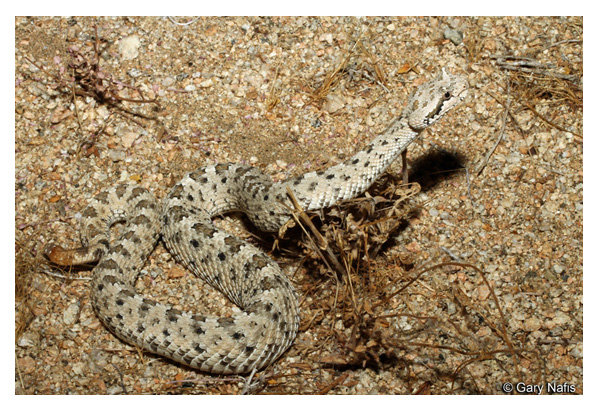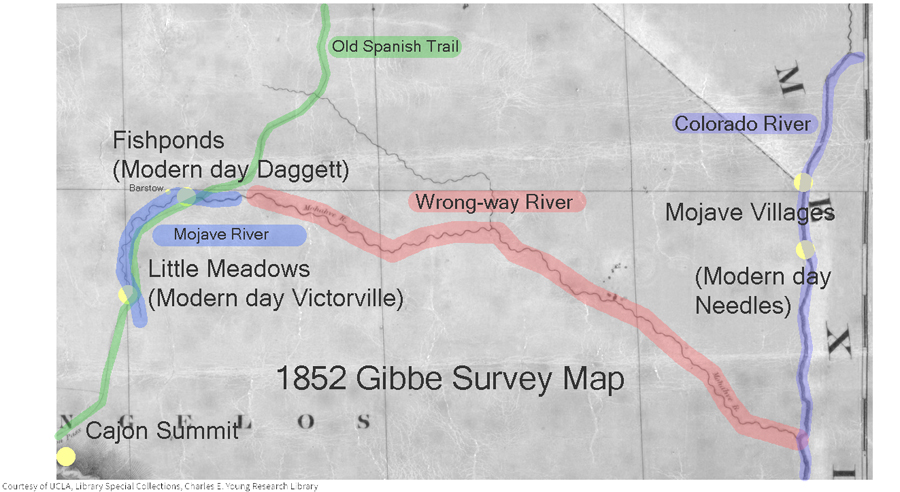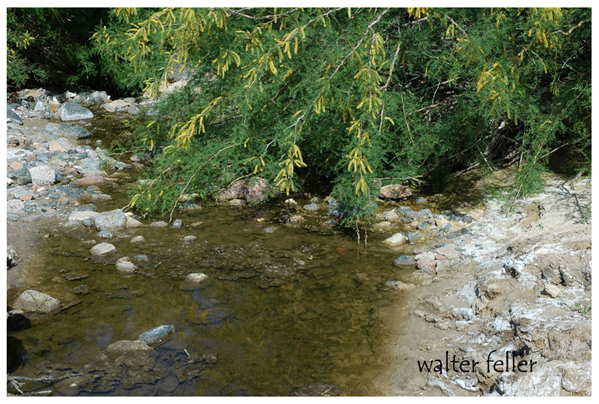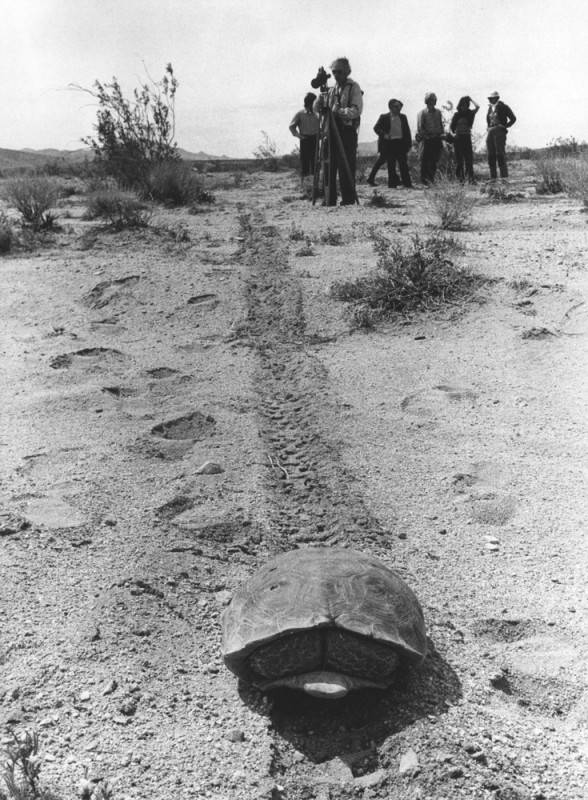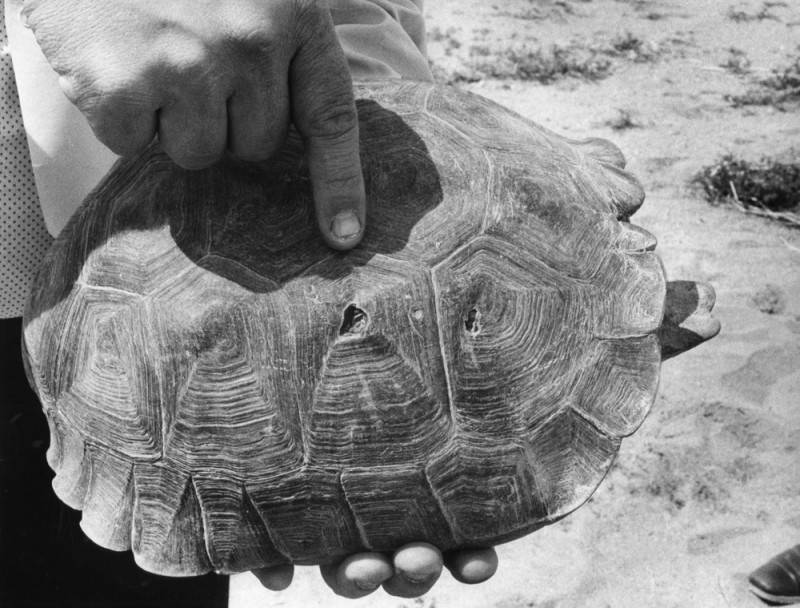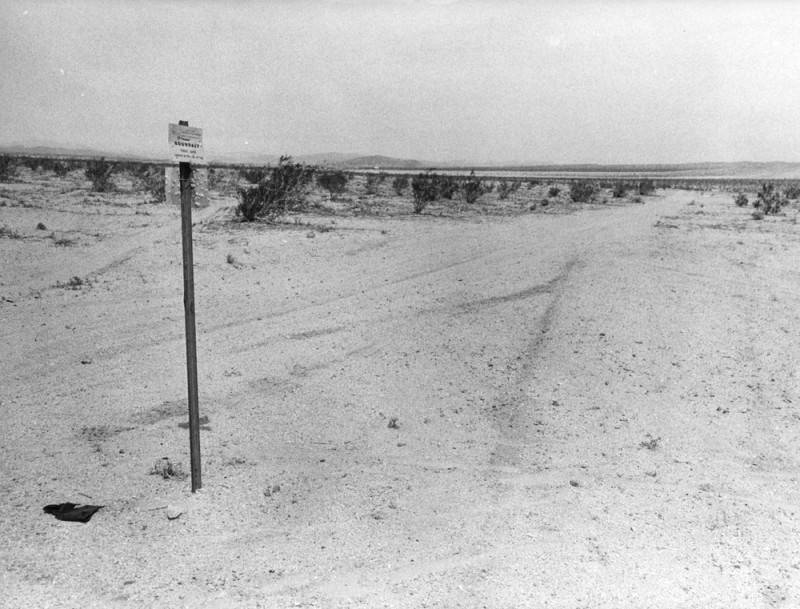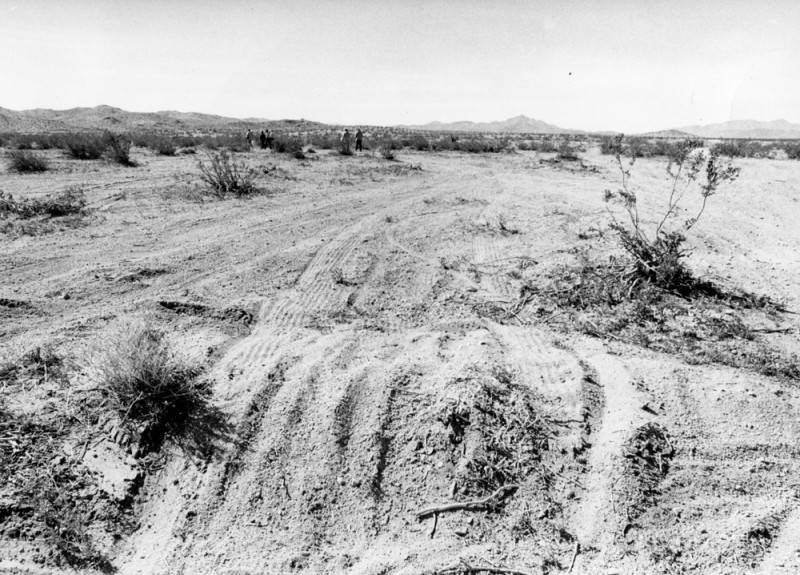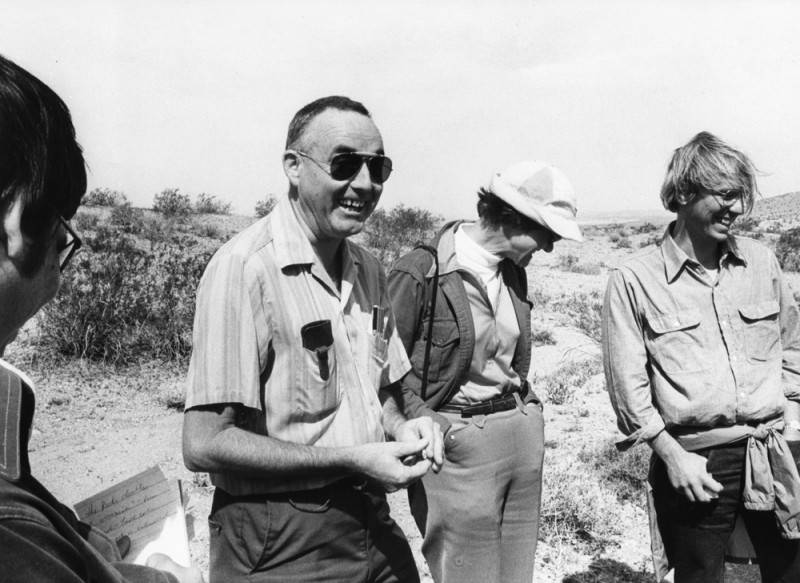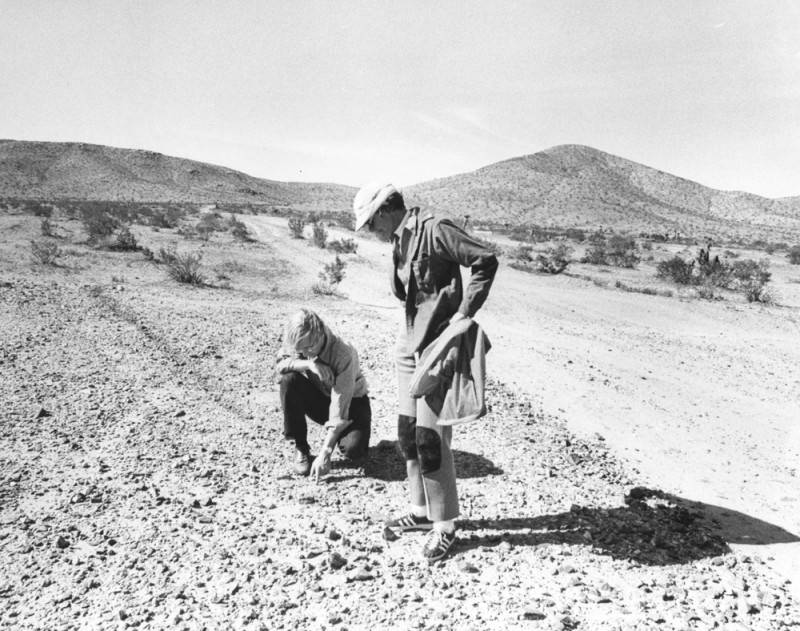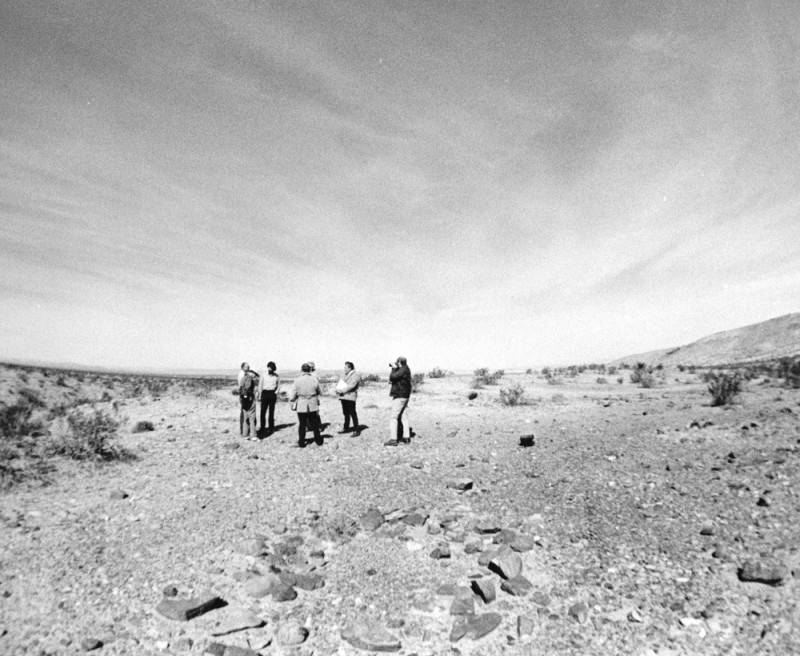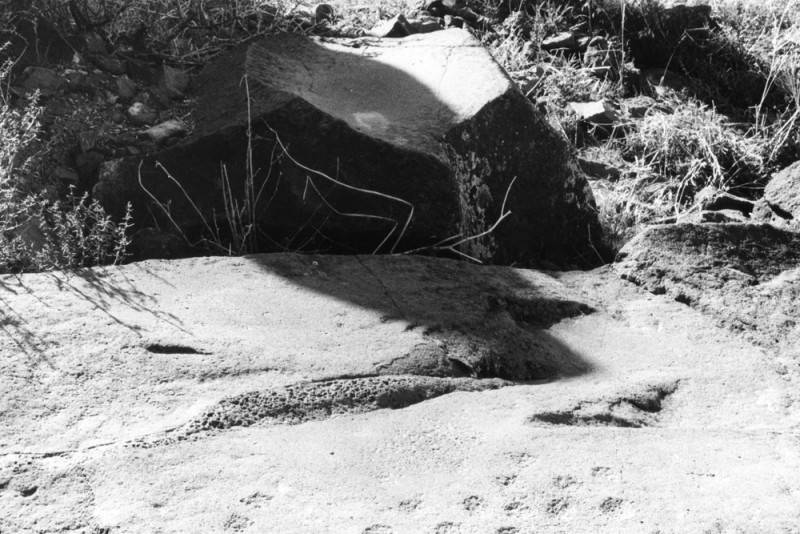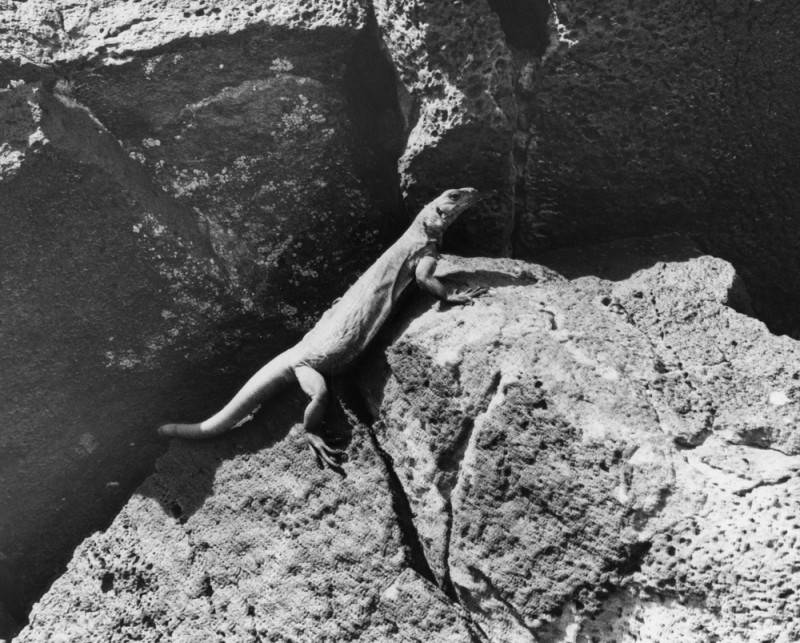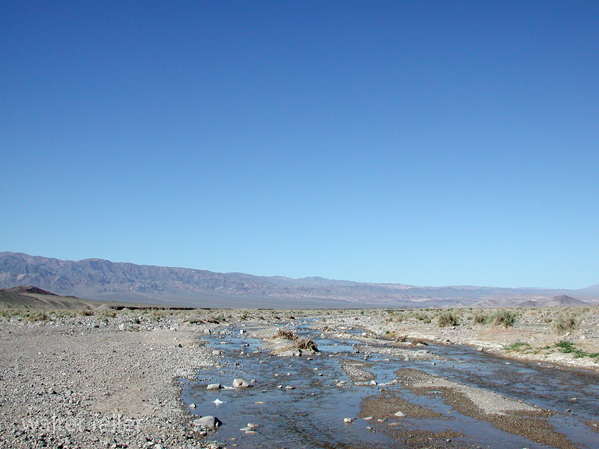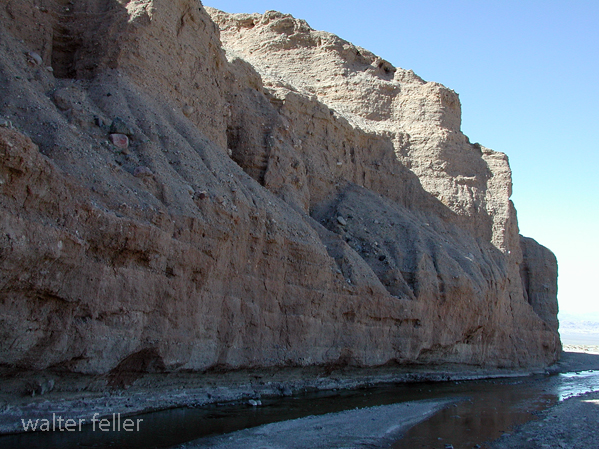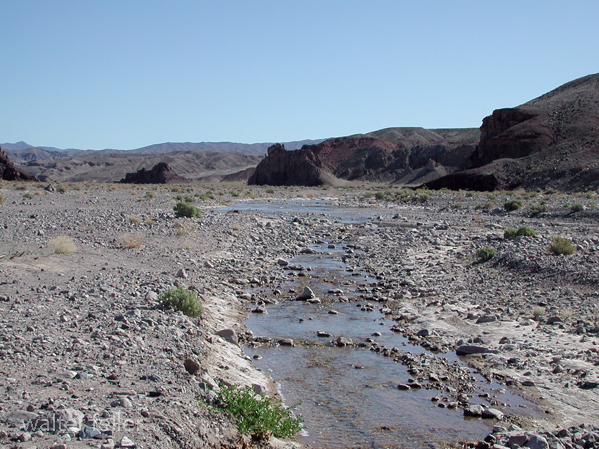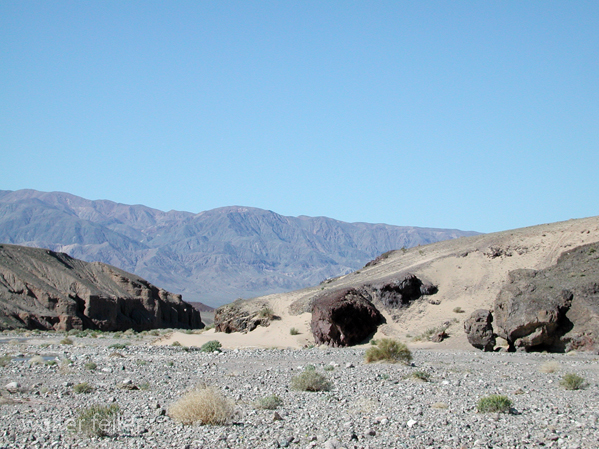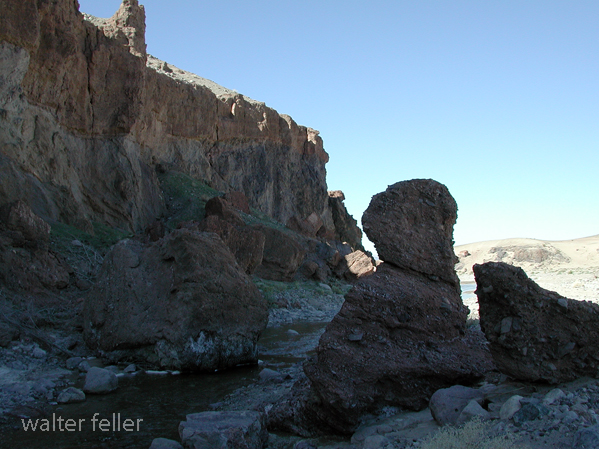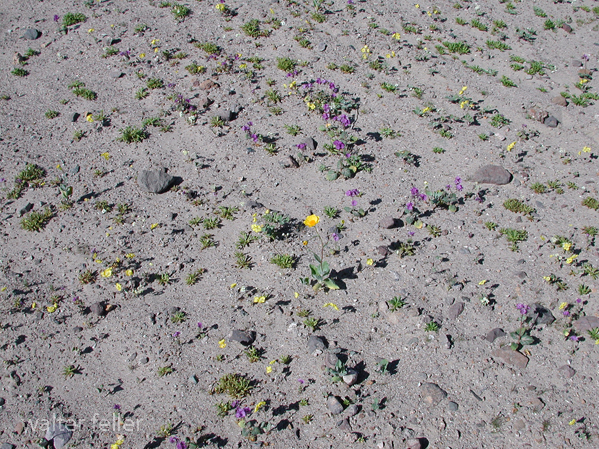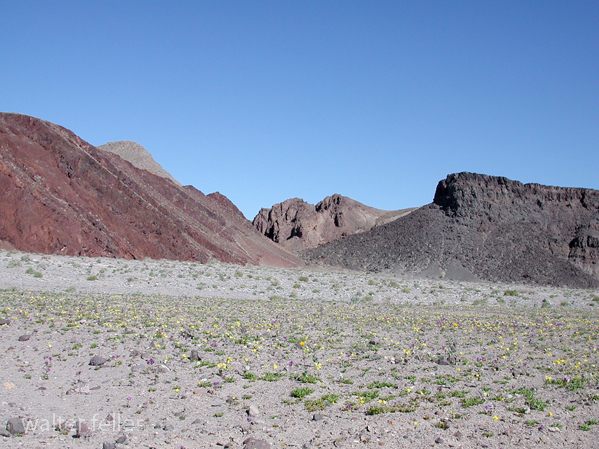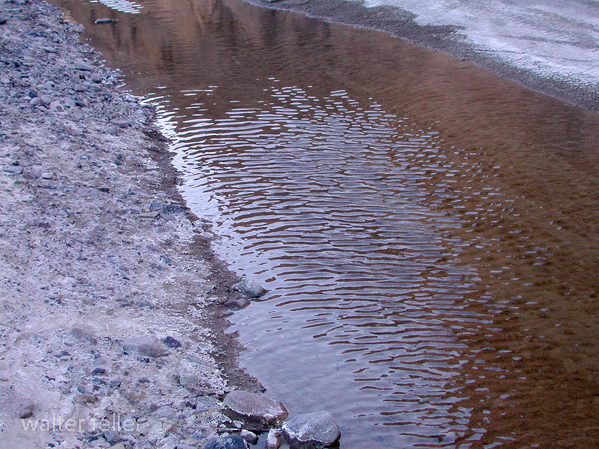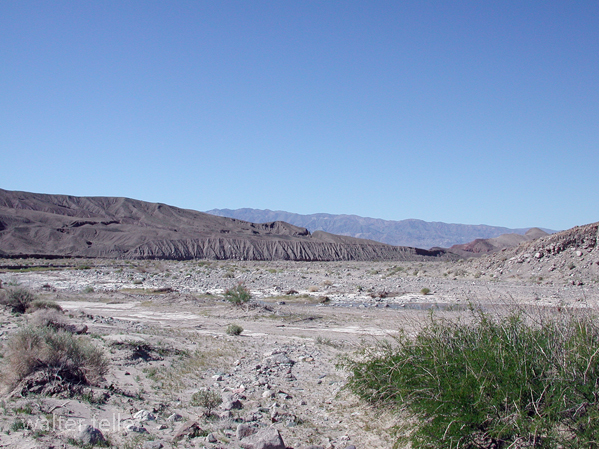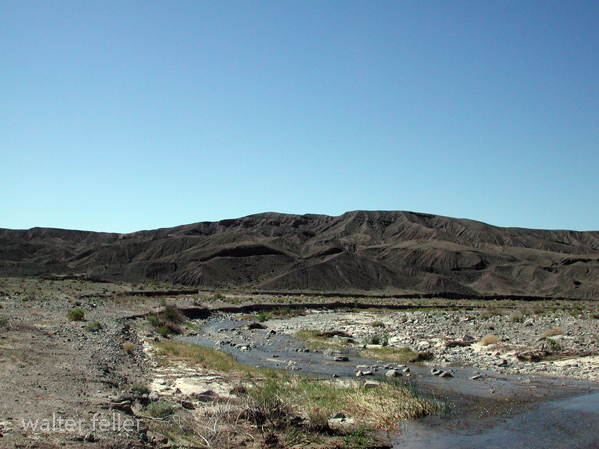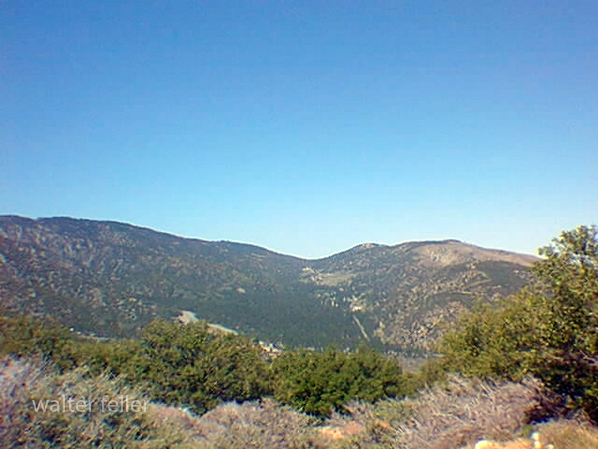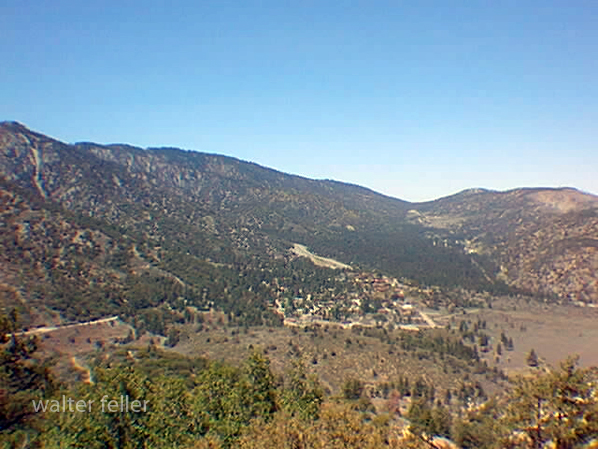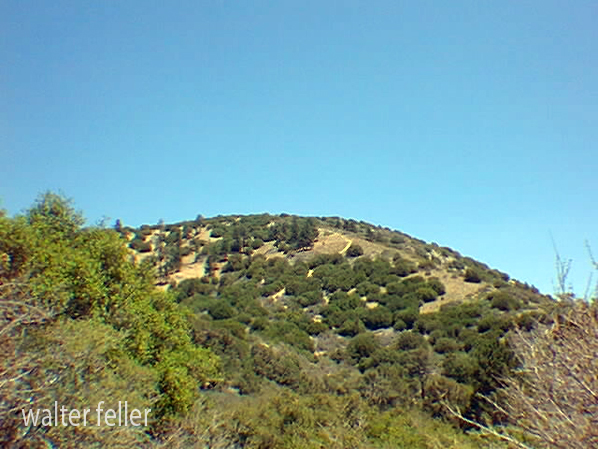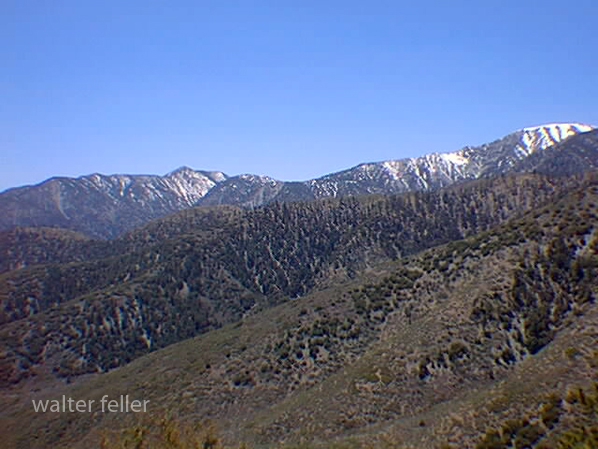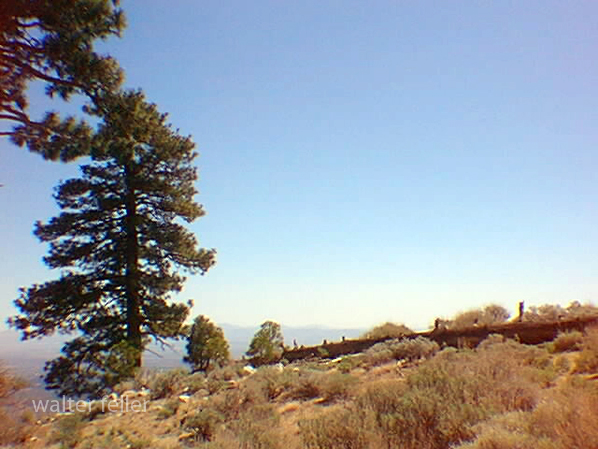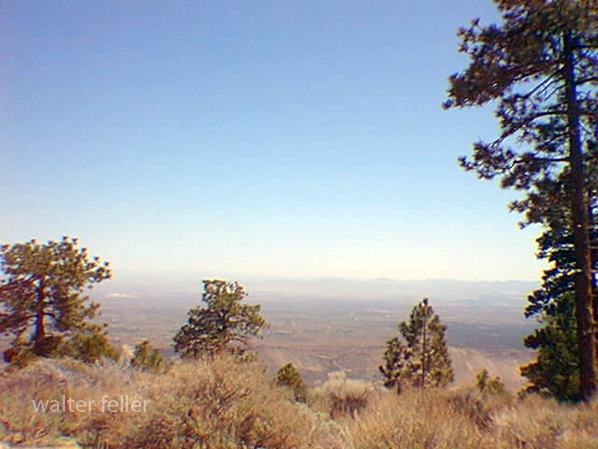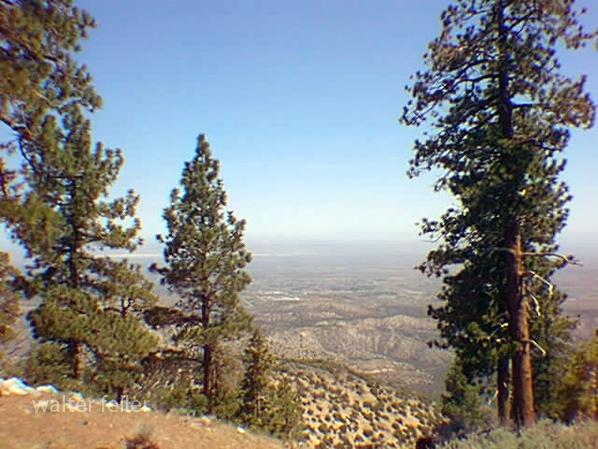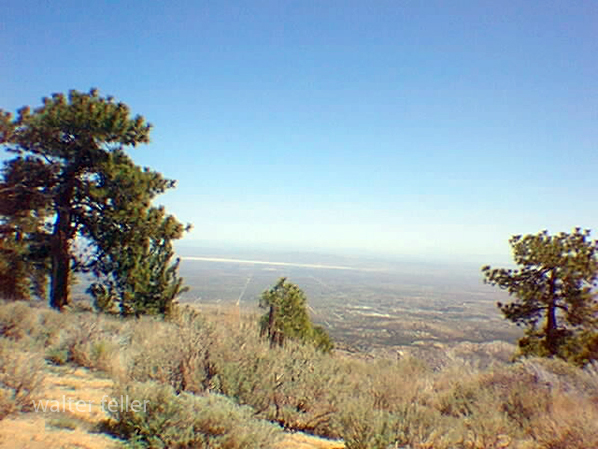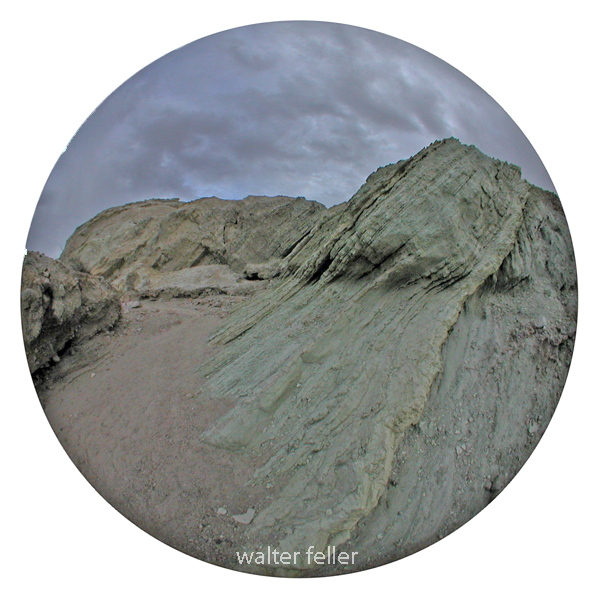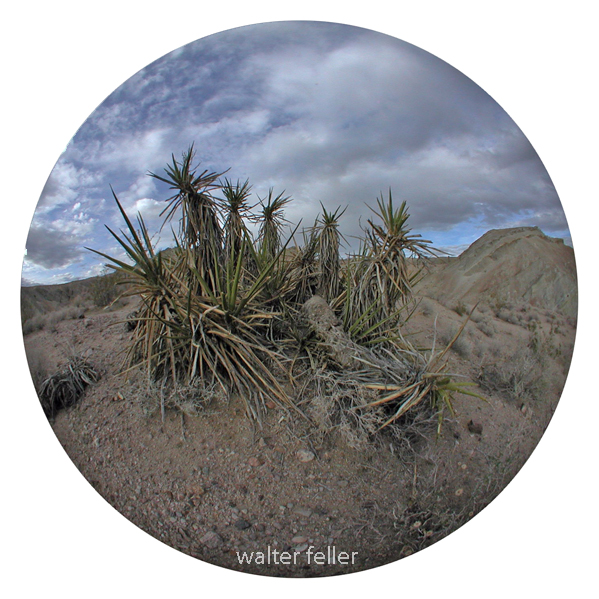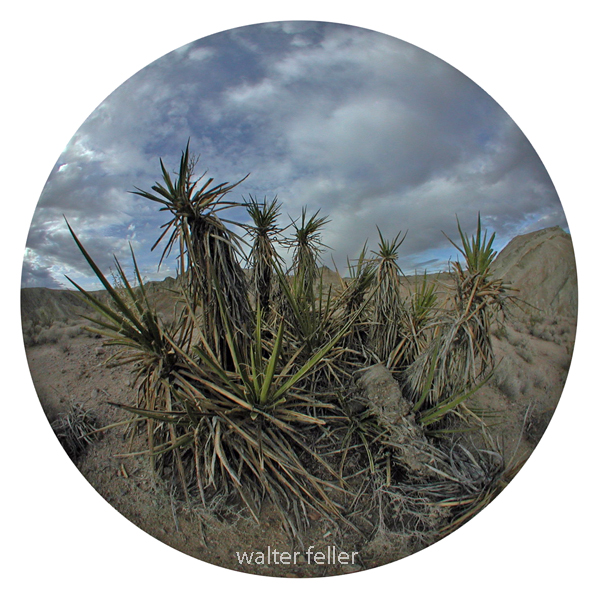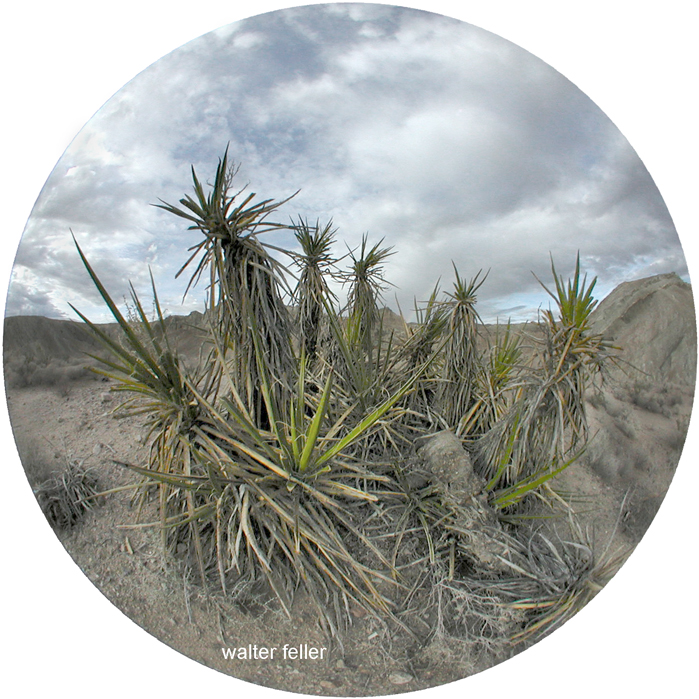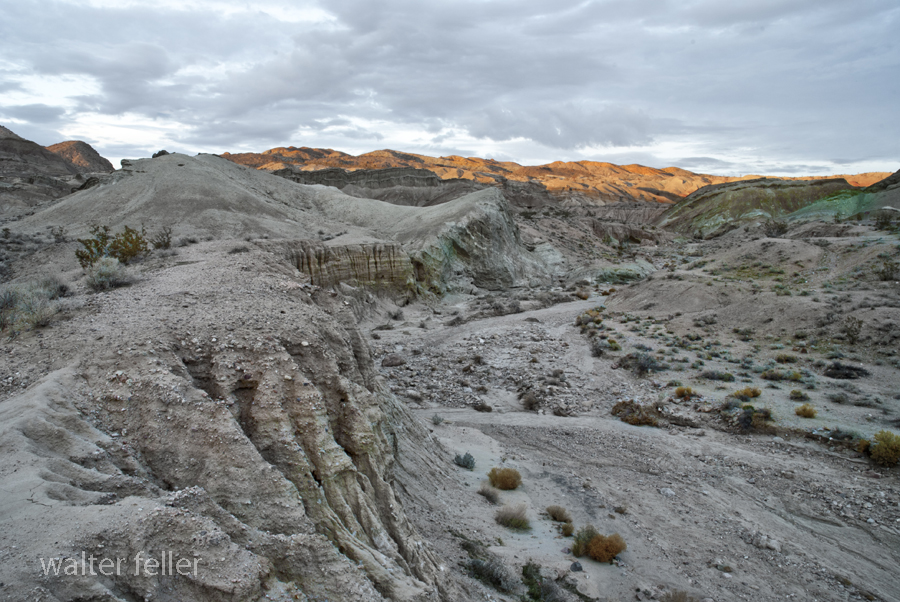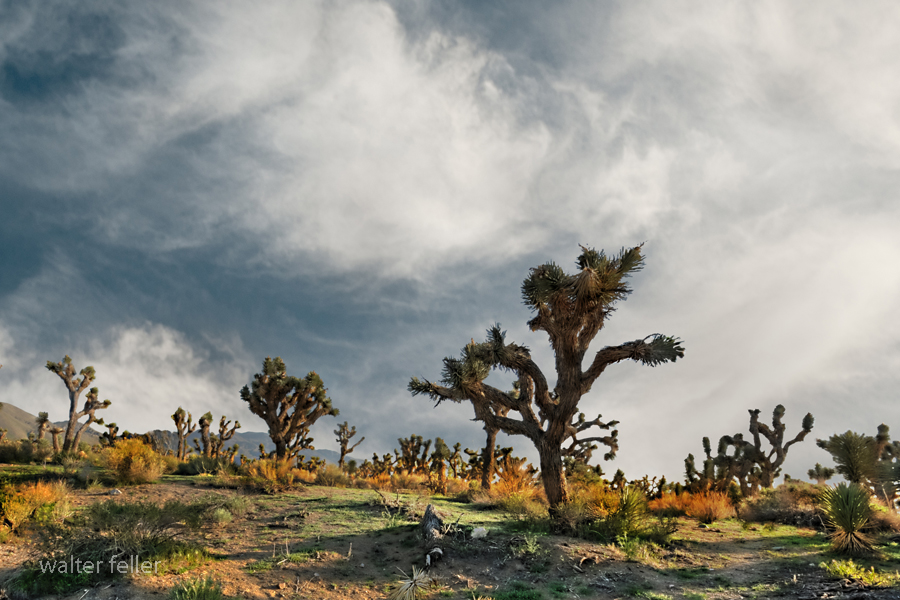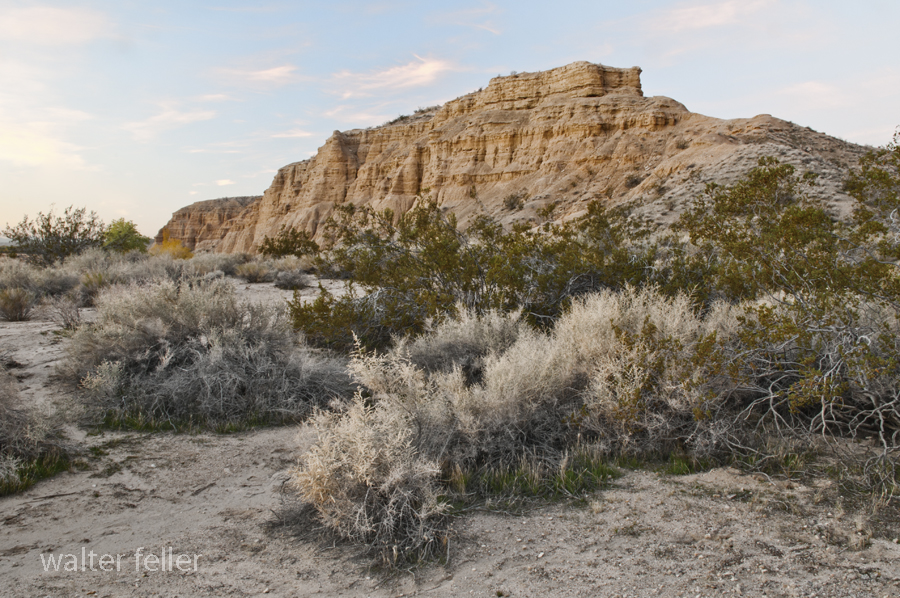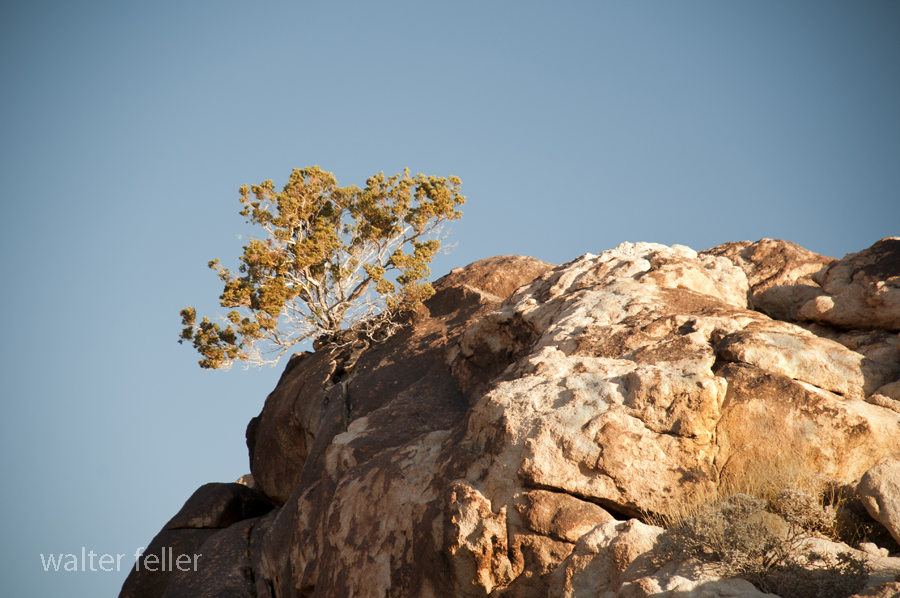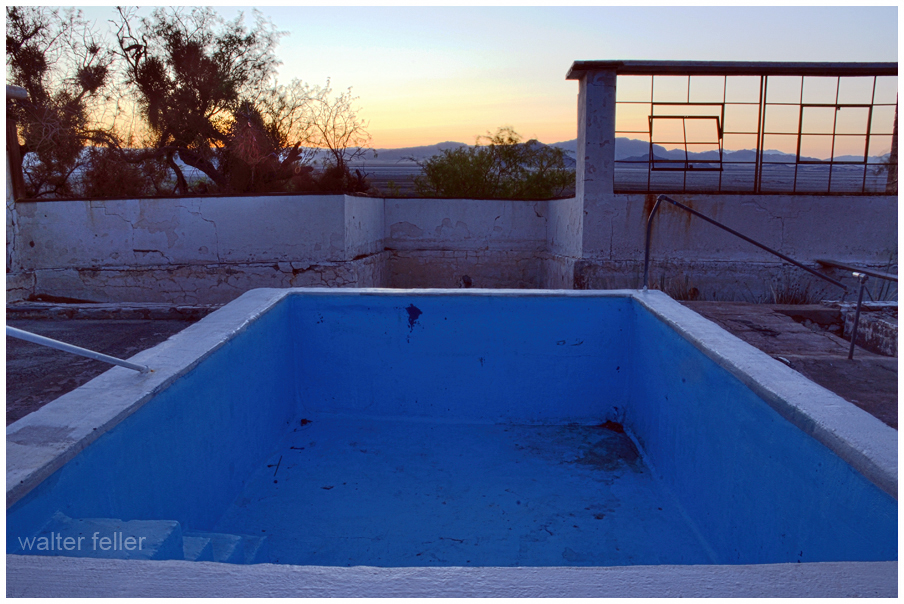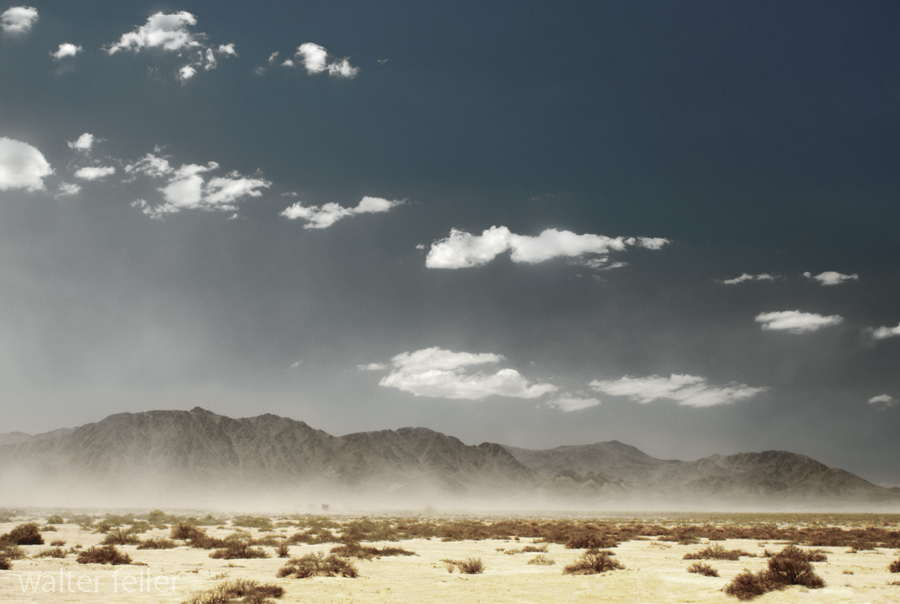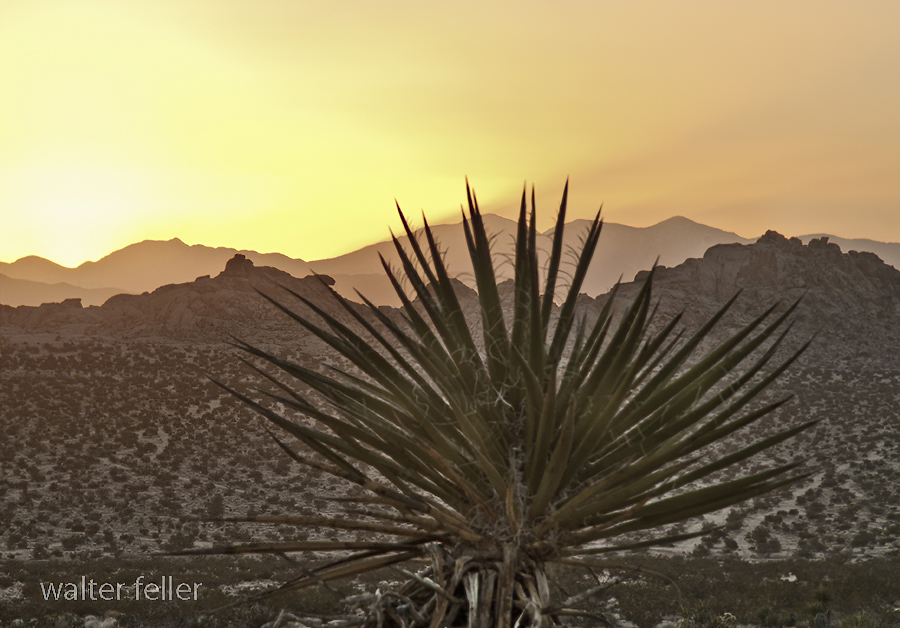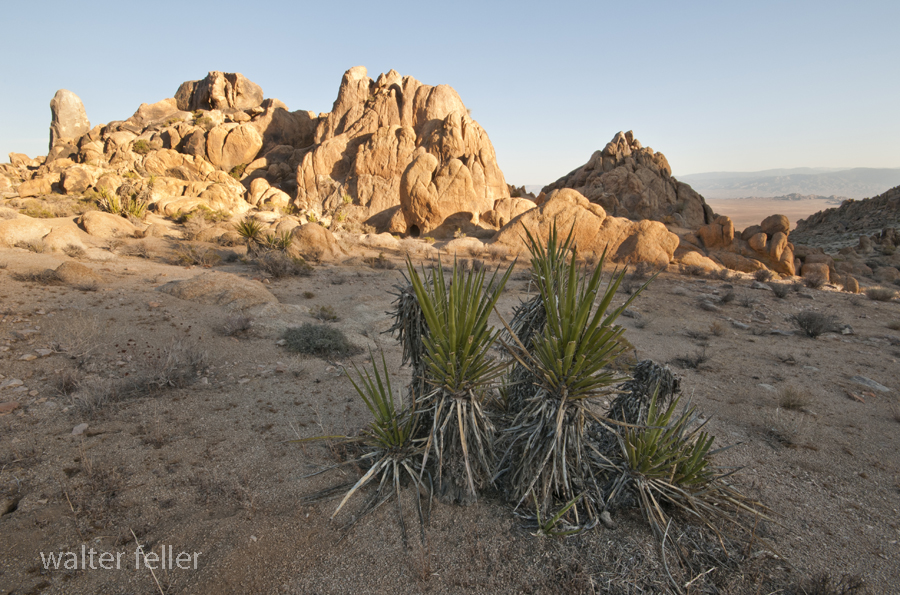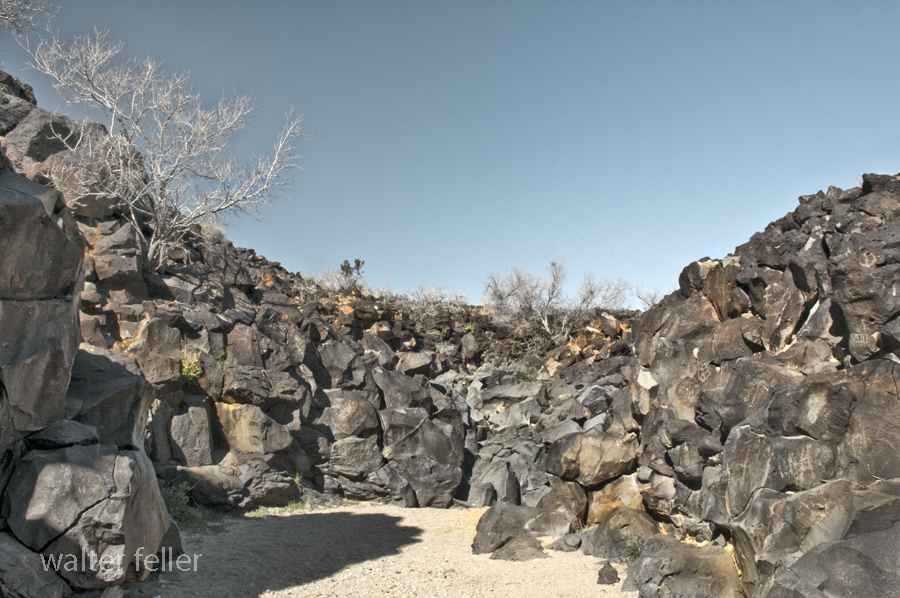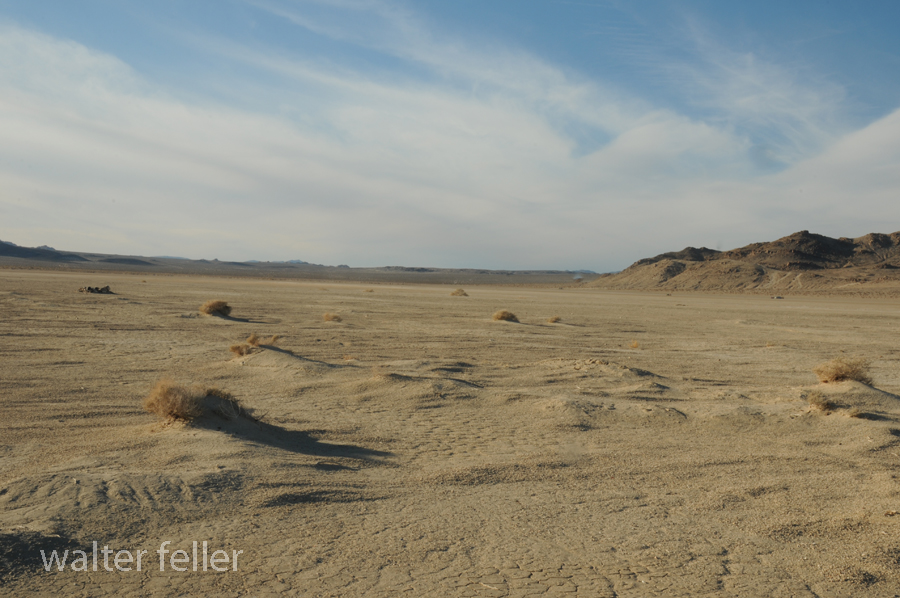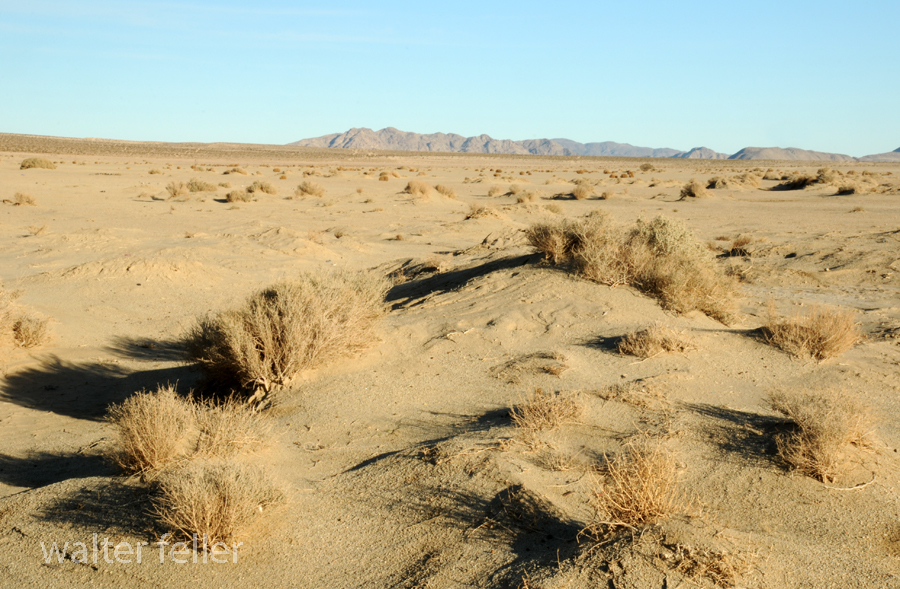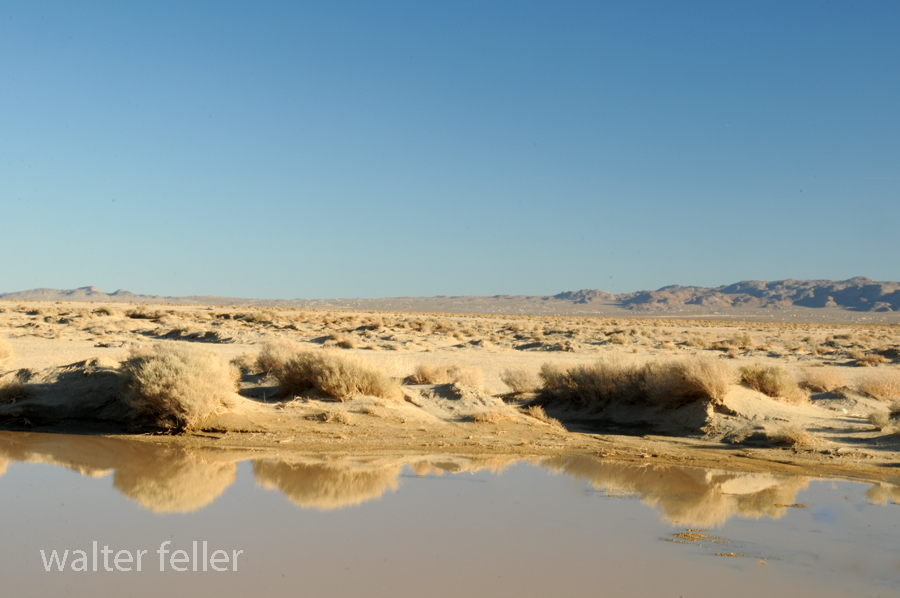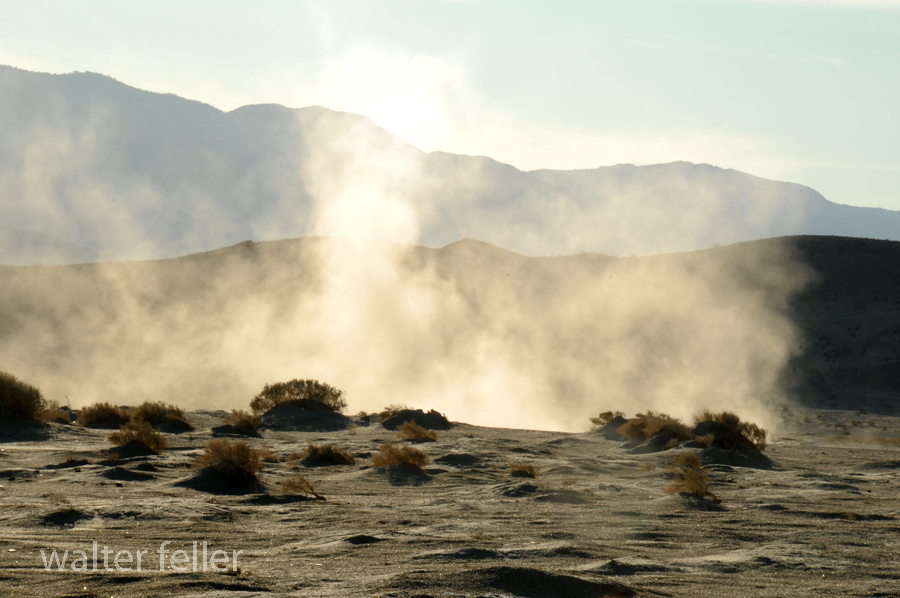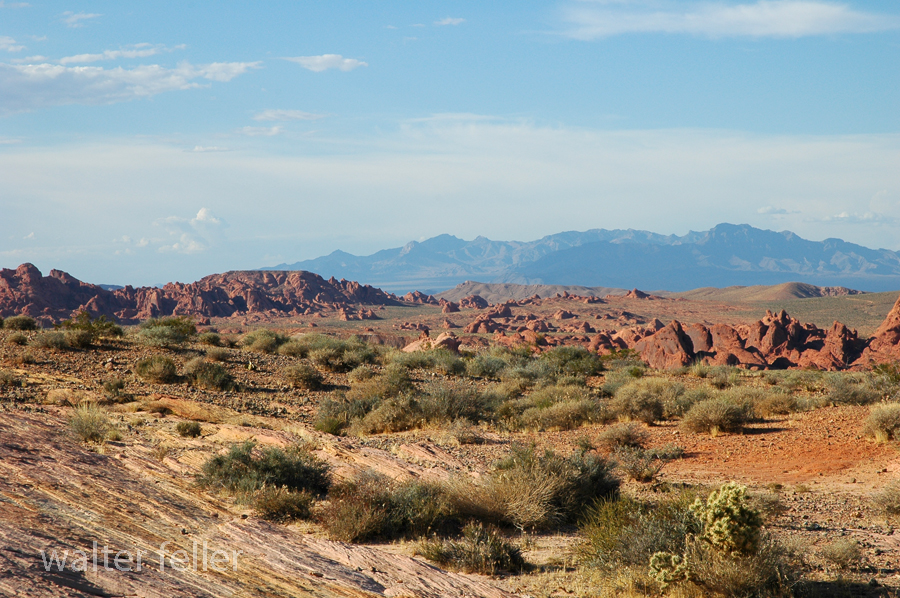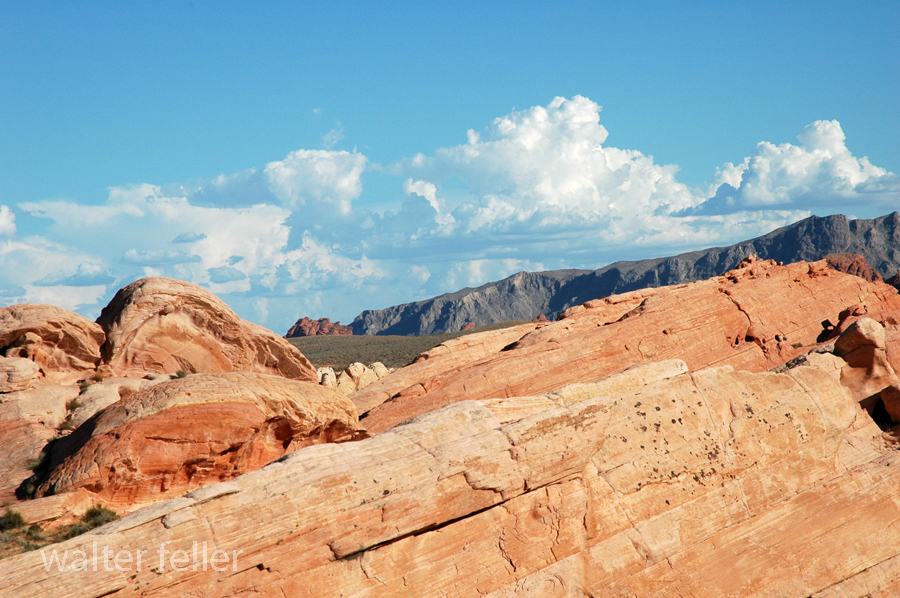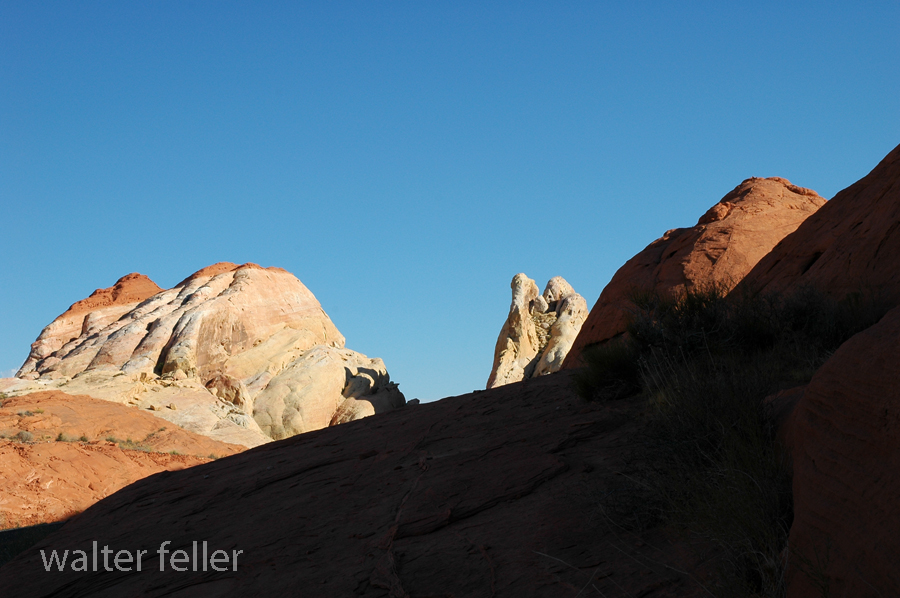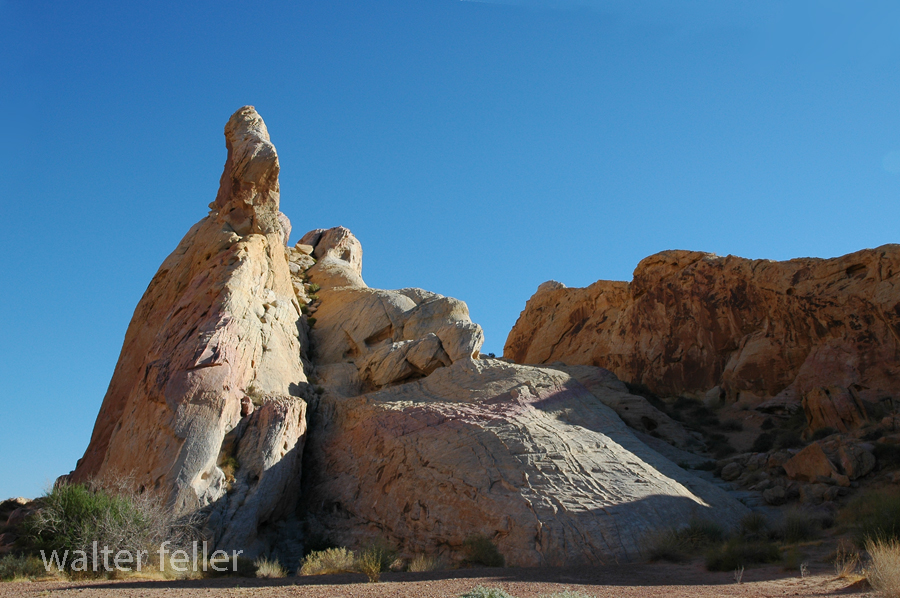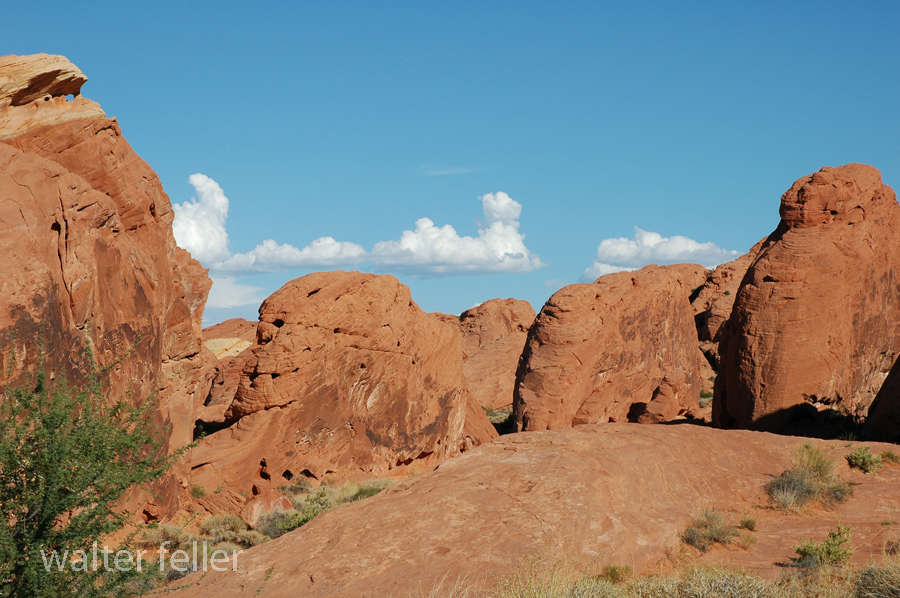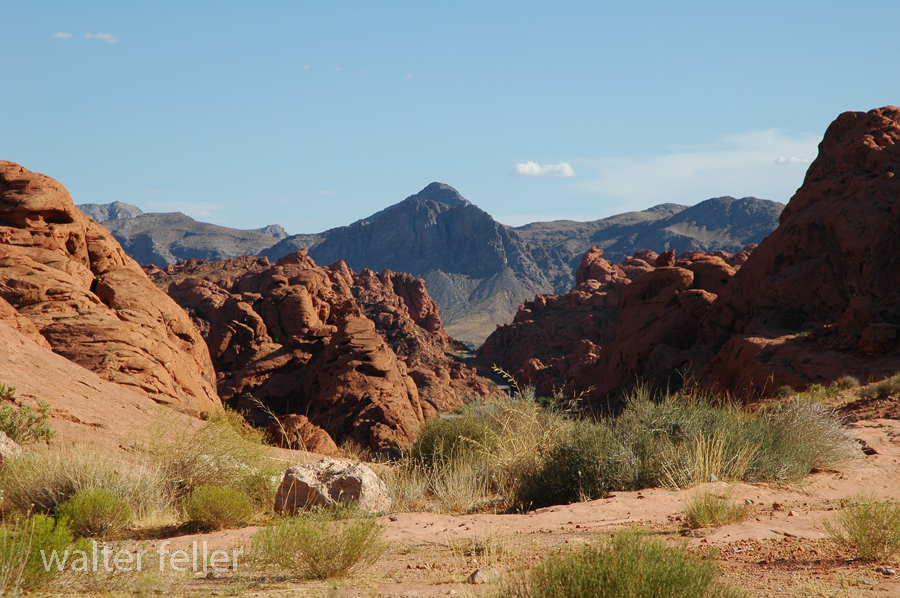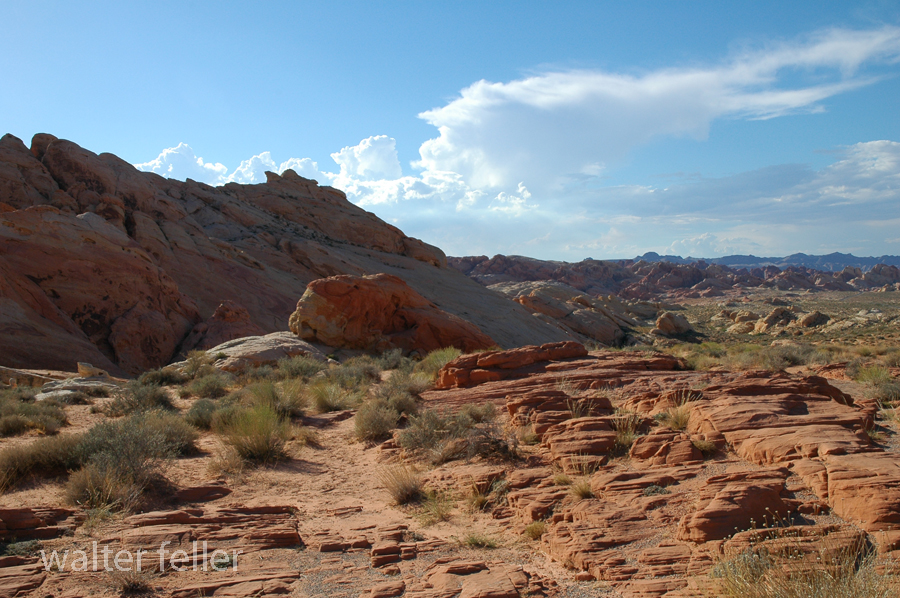Introduction:
The Sidewinder rattlesnake, scientifically known as Crotalus cerastes, is a fascinating rattlesnake species that calls North America home. Renowned for its unique sidewinding locomotion and distinctive rattling tail, this snake has captivated researchers and nature enthusiasts alike. Let us explore the fascinating world of the Sidewinder rattlesnake. We will examine its physical characteristics, habitat, behavior, and remarkable ability to adapt to the harsh desert environment.
Physical Characteristics:
The Sidewinder rattlesnake is a medium-sized venomous snake, typically measuring 2 to 3 feet long. One of its most notable features is the presence of horn-like scales above its eyes, known as supraocular scales, which provide protection and aid in camouflage. Its coloration varies, blending perfectly with the sandy desert surroundings, ranging from light tan to reddish-brown. The Sidewinder also possesses a triangular-shaped head, heat-sensing pits on each side of the face, and a segmented rattle at the end of its tail, which it uses as a warning signal.
Habitat and Range:
This species of rattlesnake is predominantly found in the arid regions of the southwestern United States and northern Mexico. It thrives in sandy deserts, dunes, and scrublands, where it has evolved to withstand extremely high temperatures and scarce water sources. The Sidewinder has also been known to inhabit rocky outcrops and areas with sparse vegetation, displaying its remarkable adaptability to a range of desert environments.
Behavior and Hunting:
The Sidewinder rattlesnake is primarily nocturnal, preferring to venture out under the cover of darkness when temperatures are cooler. By utilizing its unique sidewinding locomotion, the snake is able to traverse the shifting sand with ease, leaving distinctive J-shaped tracks behind. This sidewinding behavior minimizes the snake’s contact with the hot desert surface, reducing the risk of overheating.
Regarding hunting, the Sidewinder relies on its exceptional camouflage and heat-sensing pits to locate its prey, primarily consisting of small rodents, lizards, and birds. Once a potential meal is detected, the Sidewinder strikes with precision, injecting venom into its prey to immobilize it before swallowing it whole.
Adaptations to the Desert Environment:
Surviving in the harsh desert environment requires remarkable adaptations, and the Sidewinder rattlesnake has evolved several strategies to cope with the challenges it faces. One such adaptation is its ability to burrow into the sand, seeking refuge from extreme temperatures and predators. By burying itself, the Sidewinder can regulate its body temperature and remain hidden from potential threats.
Furthermore, the scales of the Sidewinder are specialized to enhance its ability to move on loose sand. The keeled scales on its belly provide additional traction, allowing the snake to sidewind efficiently. This unique mode of locomotion also reduces the surface area in contact with the hot sand, preventing excess heat absorption.
Conclusion:
The Sidewinder rattlesnake is a fascinating creature that has mastered the art of survival in the desert. Its extraordinary adaptations, including sidewinding locomotion, remarkable camouflage, and ability to burrow, make it a true desert icon. While maintaining a respectful distance from this venomous snake is crucial, appreciating its remarkable abilities and the role it plays in the delicate desert ecosystem is equally important. The Sidewinder serves as a reminder of the incredible diversity and resilience of life in even the harshest environments.
w.feller – 2023
